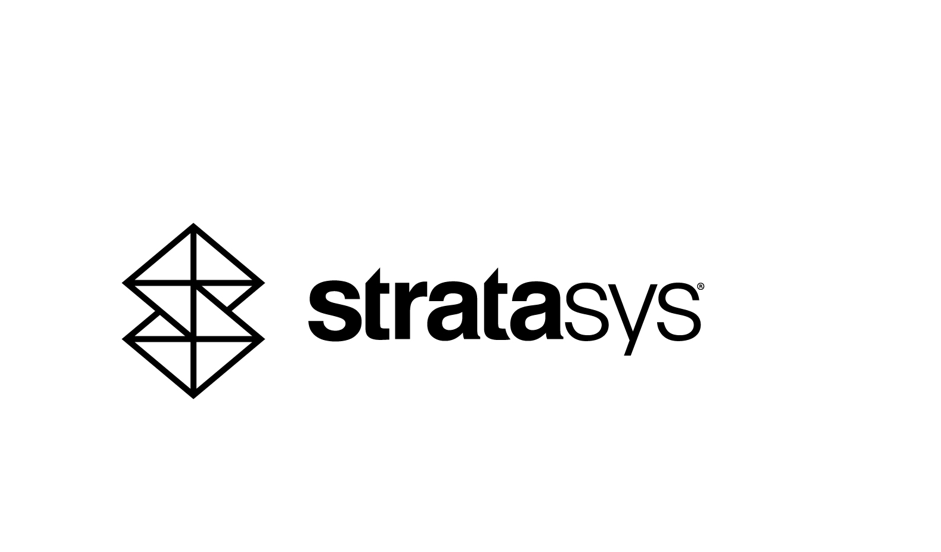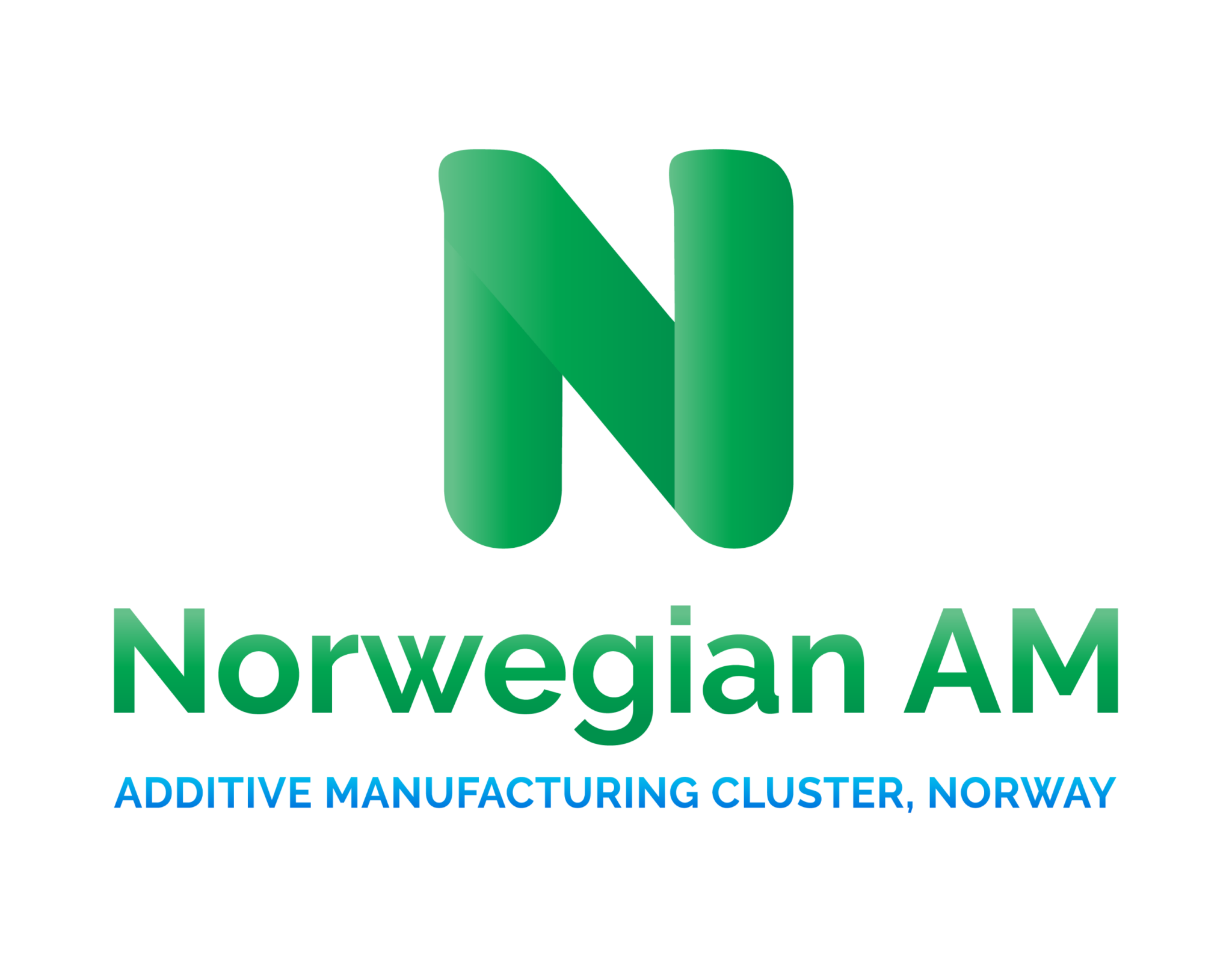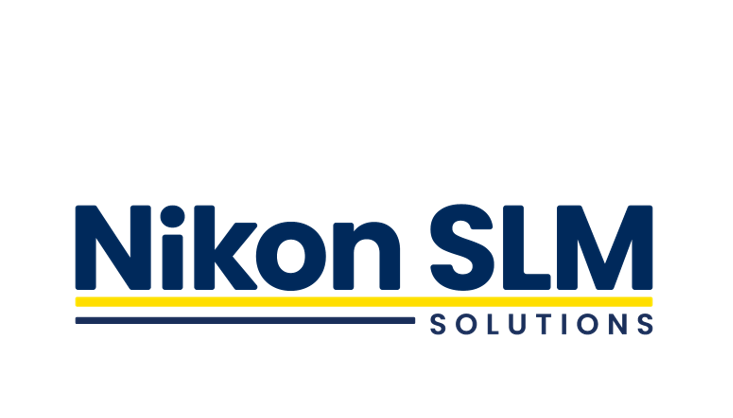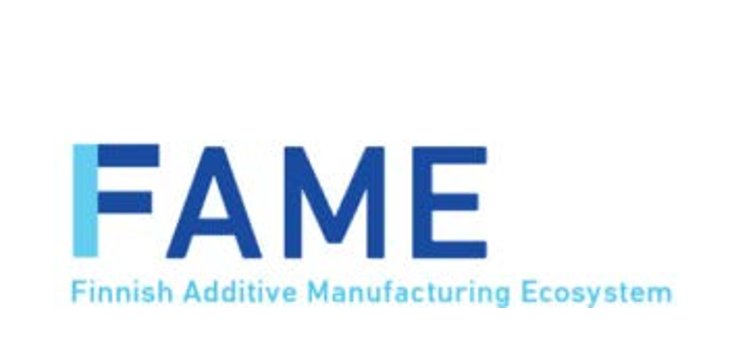February 12, 2025 Sustainability Expert Insights with Industry Expert François Minec.

Episode 6 of our Sustainability Expert Insights interview series features François Minec, VP & Global Head of Sales & Business Development at HP Additive Manufacturing Solutions. This video mini-series, produced in collaboration with MANSUS, continues to highlight the potential, solutions, and advantages of additive manufacturing. Each episode showcases AMGTA member’s contributions to shaping a more sustainable and profitable future.
In this episode, Minec discusses how HP is reducing its carbon footprint, cutting energy consumption, and collaborating with industry partners to drive sustainability. HP develops industrial 3D printers and solutions for metal and polymer applications, with a focus on producing high-quality, cost-effective parts for mass production.
Commitment to Cutting Carbon Emissions
HP has been collaborating with its suppliers and powder manufacturers for over a year to reduce the carbon footprint of its powders. In addition, the productivity and quality of its printers are being enhanced to increase the number of parts produced per unit of energy, offering both economic and environmental benefits. As Minec stated, “Simply by switching the way the powders are made and using renewable energy to produce these powders, we can save approximately 50% of our carbon footprint. This means that in one year we can save approximately 4,000 tons of CO2, which is a great achievement.”
Lightweighting for Improved Efficiency
Additive manufacturing has quickly progressed from rapid prototyping to full-scale production for many industries, including robots. Grocery delivery company, Ocado’s 600 series fulfillment robot was on display at Formnext’s 2024 Expo and Convention. The robot was optimized and redesigned using HP’s additive manufacturing technology. By incorporating additive manufactured parts, the new robot has increased design flexibility and is half the weight of the original robot. It also uses a smaller battery and less energy. This is a great display of how additive manufacturing can create cost savings, maximize efficiency, and drive sustainability.
Improved Productivity
HP is improving its printer’s productivity so manufacturers can produce the same quantity of parts but use less energy through nesting strategies. This leads to a reduction in both material and energy consumption, offering significant economic and sustainability benefits.
The Importance of Collaboration
Collaboration is a significant part of the AM industry. It is crucial for sustainability efforts and maintaining the circular economy. HP introduced many collaborations at Formnext including partnerships with Evonik to enable the printing of parts that require high extensibility and energy return as well as its collaboration with Arkema to achieve sustainable products with immaculate aesthetics. “It is really about how to cooperate and bring sustainability to the forefront to move the industry forward. Being part of a group, exchanging best practices, and promoting the message, outside of the additive community, that AM is not only for prototyping but also for industrial manufacturing, can have a positive environmental impact. If the industry talks and works together, I believe the message will be well received,” shares François.
AM Sustainability is Not a Trend
Additive manufacturing enables the production of lighter parts and offers manufacturers greater control over their supply chains. In light of the supply chain disruptions experienced in recent years, more companies are now looking to implement local and on-demand manufacturing. With all the sustainability benefits of 3D printing, Minec is confident that adoption will continue to grow, and he remains very positive that sustainability is here for the long term.
Follow the complete series on our website or the MANSUS YouTube channel.






























































